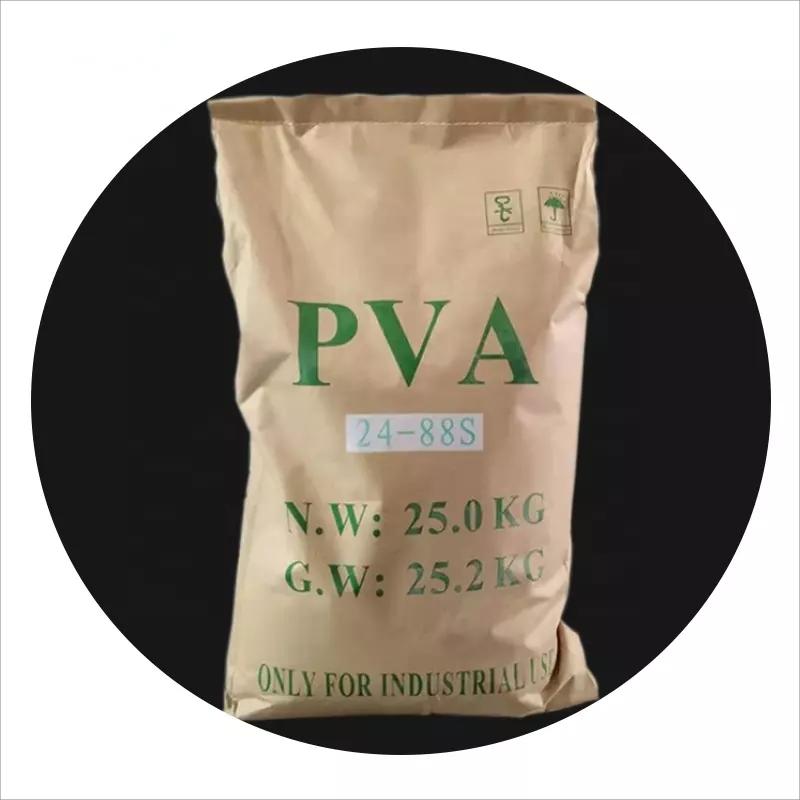The Role of Chemical Auxiliary Agents in Modern Industry
In the vast expanse of industrial chemistry, the term chemical auxiliary agent plays a pivotal role, serving as a crucial component that enhances the efficiency and efficacy of various chemical processes. These auxiliary agents, often referred to as additives or aids, are substances that are not the primary reactants but significantly contribute to the desired outcomes in chemical applications. They find their usage in a multitude of industries, including textiles, plastics, pharmaceuticals, and food production, making them indispensable in modern manufacturing and formulation processes.
Chemical auxiliary agents are multifunctional, influencing product quality, process effectiveness, and overall production costs. They can serve a variety of purposes, such as catalysts, emulsifiers, stabilizers, surfactants, and defoamers, depending on the specific requirements of the application. For instance, in textile processing, auxiliary agents are used to improve the dyeing and finishing processes. They help to achieve an even distribution of color, enhance fabric performance, and ensure that textiles retain their properties after multiple washes.
In the realm of plastics, chemical auxiliary agents play a vital role in modifying the characteristics of polymers. Additives such as plasticizers, flame retardants, and fillers are integrated into plastic formulations to improve flexibility, enhance safety, and reduce production costs. For example, plasticizers are used to increase the flexibility of polyvinyl chloride (PVC), making it more suitable for applications like wiring insulation and flooring, while flame retardants ensure that plastics meet safety standards for consumer products.
The pharmaceutical industry also relies heavily on chemical auxiliary agents. Excipients, which are inactive substances formulated alongside the active ingredient of a medication, are essential in drug formulation. They serve to stabilize the active components, control the release of the drug, and improve the overall appearance and taste of pharmaceutical products. By using the right auxiliary agents, manufacturers can enhance bioavailability and patient compliance, ultimately leading to better therapeutic outcomes.
chemical auxiliary agent

One of the critical considerations in the use of chemical auxiliary agents is their environmental impact. As industries strive to adopt more sustainable practices, the selection of these agents increasingly involves considerations regarding their toxicity, biodegradability, and overall ecological footprint. Regulatory bodies have put forth guidelines aimed at the safe use of chemical additives, which encourages manufacturers to seek environmentally friendly alternatives. For instance, bio-based surfactants derived from renewable resources are gaining traction as suitable replacements for traditional petrochemical-derived agents.
In recent years, advancements in technology have further expanded the capabilities of chemical auxiliary agents. The rise of nanotechnology has introduced nano-auxiliaries that enhance the performance of conventional products. These nano-sized additives can improve the mechanical strength of materials, increase thermal stability, or impart unique optical properties. The integration of smart materials with chemical auxiliary agents also promises to revolutionize the industry by allowing products to respond dynamically to environmental stimuli.
Moreover, the role of these agents is not limited to enhancing physical properties; they also contribute to economic factors. By optimizing manufacturing processes, chemical auxiliary agents help reduce waste, improve energy efficiency, and lower production costs. This is especially critical in competitive markets where margins are thin, and companies are under pressure to maximize profitability while ensuring quality.
In conclusion, chemical auxiliary agents are essential components of modern industrial chemistry, playing a crucial role in enhancing product performance and manufacturing efficiency across various sectors. As industries evolve and face new challenges, the focus on sustainability and innovation in the development and application of these agents will be paramount. Moving forward, the integration of environmentally friendly practices and cutting-edge technologies will likely shape the future landscape of chemical auxiliary agents, driving progress in sustainable manufacturing and responsible consumption. Ultimately, the interplay between chemistry and innovation will continue to forge the path for advancements that benefit both industries and consumers alike.
-
Rdp Powder: Key Considerations for Wholesalers in the Building Materials IndustryNewsJul.08,2025
-
Key Considerations for Wholesalers: Navigating the World of Hpmc - Based ProductsNewsJul.08,2025
-
Hpmc Detergent: Key Considerations for WholesalersNewsJul.08,2025
-
Key Considerations for Wholesalers: China Hpmc For Tile Adhesive, Coating Additives, Concrete Additives, and MoreNewsJul.08,2025
-
Crucial Considerations for Wholesalers: Navigating the World of Construction MaterialsNewsJul.08,2025
-
Key Considerations for Wholesalers Sourcing Additive For Cement, Additive For Concrete, Additive For Putty from Additive Manufacturer Shijiazhuang Gaocheng District Yongfeng Cellulose Co., Ltd.NewsJul.08,2025




